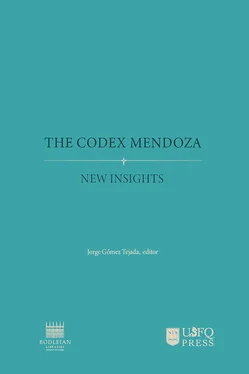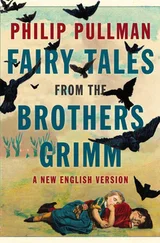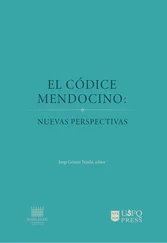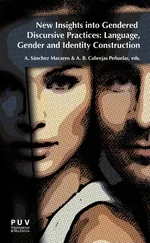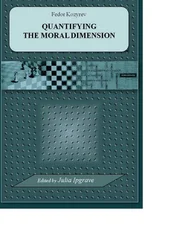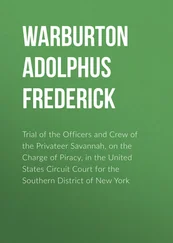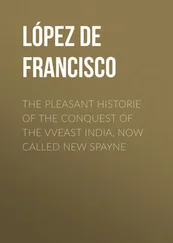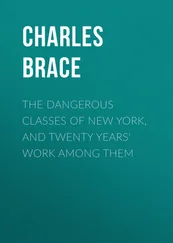1 ...7 8 9 11 12 13 ...27 In the aforementioned text of the Relación de Michoacán, Alcalá mentions the desire that united him and the viceroy for writing a history of the peoples of Michoacán. This chapter in Mendoza’s history is brought to life in the following letter to his brother; the letter, published by the chronicler Fernández de Oviedo, illustrates his interest in history and particularly in writing it,
I have tried to collect a report of the things of this land and be very particular about it and I have found a diversity of opinions because since there were many lords in every province, they all tell things in their own manner. I am collecting and verifying them and once I have done so I will send them to you; because it seems to me that it would be a very shameful thing if I sent you a relation of which you deemed me to be the author and it were not but completely truthful. The things of this land are not so little that you will not be able to make a book from them, and the book will not be small either, because even though Moctezuma and Mexico have become famous among us, Caçonçi of Mechuacan was no less of a lord, just as were others who did not recognize either one or the other. ([1532] 1959, 4:117–18).
Texts such as this shed light on Mendoza’s intellectual facet as well as the way he was understood both by his contemporaries and by writers working over the following two centuries. They also allow us to understand the political role texts such as the Relación de Michoacán and possibly the Codex Mendoza might have had at the time they were produced. A connection between the Codex Mendoza and Viceroy Mendoza would have been desirable to support the composition of an authoritative history of ancient Mexico with nationalist overtones, as is the case of Clavijero’s Storia.
The connection between the manuscript and the viceroy drawn by Clavijero not only illustrates the historical understanding he had of Viceroy Mendoza and his humanist inclinations, but also sheds light on the historical moment in which Clavijero established it. Michel Foucault has explored the importance of the attribution of responsibility for texts that emerges in the eighteenth century as a result of a change in paradigm regarding historical writing as well as of the understanding of individual agency in recording history. In this new context, history was not solely important regarding what was written, but also depending on who was writing. From the moment in which Clavijero attributed the authorship of the manuscript to don Antonio de Mendoza, he did more than elevate the value of the manuscript to that of a commission by a specific viceroy; Clavijero’s attribution allowed the document, which had been an isolated object, to become part of Mendoza’s ouvre, thus enhancing its function as a foundational document.
The present volume
Conceived as a contribution to the continuous construction of the identity of the Codex Mendoza, the present volume is organized around three axes: material analysis, textual and stylistic interpretation, and reception and circulation studies. The works of Barker-Benfield and MOLAB further our objective of understanding the manuscript’s materiality. The re-binding and conservation process registered by Barker-Benfield has allowed us to do away with speculation regarding the method of production used to create the manuscript and its previous bindings. This, in turn, has allowed heretofore accepted connections, such as the authorship of Francisco Gualpuyogualcal, to be reexamined. Similarly, the analysis undertaken by the MOLAB team and headed by Davide Domenici has settled the debate on the nature of the pigments used in the production of the manuscript. This has added additional layers of nuance to previously held interpretative hypotheses on the meaning of specific pigments and the strictness of their application in the tlacuilolli. While color holds meaning for the tlacuilo, color is not inexorably linked to its materiality. These observations have the potential to inspire a new generation of interpretative studies, based on ever more accurate data regarding the material nature of the Codex Mendoza.
Interpretative studies of the manuscript in this volume represent a line of inquiry that, by considering the manuscript from the complex perspectives of the work of art, literature, and bibliography, complement previous anthropological and historical readings of the Codex Mendoza. My essays as well as those by Diana Magaloni and Daniela Bleichmar reconsider the number and style of the artists who produced the manuscript in order to understand both the process by which it was created as well as the place it occupies in the artistic context of the early viceroyalty. Far from entering a binary relation between subjugator and subjugated, the decisions made by these artists and intellectuals manifest the forms of thinking and seeing time and space in the Mesoamerican world. I demonstrate that the pictures in the Codex Mendoza were painted in a workshop in which one, two, or more individuals collaborated on each page to create a single composition; as such, the creation of these pictures took on an air of rituality and functioned as “an instrument to recreate, reactualize, and make coherent the historical becoming linked to territory with cosmic patterns” (Magaloni, this volume). This last observation complements and reinforces Joanne Harwood’s proposed reading of the third section of the manuscript. For Harwood, notwithstanding the originality of the visual solutions used to compose this section of the manuscript, the Codex Mendoza’s pre-Columbian model resonates with a Mesoamerican religious genre: the teoamoxtli.
The tension arising from the contraposition of pre-Columbian models and imported resources created formal solutions with which the tlacuiloque expressed themselves within the widened artistic vocabulary of the early viceroyalty. As such, these are better understood when considered to be solutions to essential problems that surfaced from the reconfiguration of Mexican society. Such is the case of the novel composition of folio 69r, in which the artists use single point perspective to depict the throne room where a lonely and vigilant Moteuhczoma sits, wrapped in his turquoise cloak and bereft of his war council. The tlatoani is represented as a dispenser of justice, presiding over his court from above, but no longer ruling or warring. As Mary Miller shows, Mexican subjects, always dressed in white, no longer enjoy the chromatic wealth of yore, but instead are apparently garbed in white whilst waiting for their baptism and, hence, for their transition into this new world in which individuals no longer form part of a hierarchical order but are instead grouped together under the homogenizing label of indio.
The contributions made by Barbara Mundy and Claudia Brittenham to this volume evince the deeper significance of the construction of the Codex Mendoza. Focusing on the concept of the altepetl, the traditional organizing unit for social, political, and cartographic order in Mesoamerica, Mundy reflects on the very nature of this concept. She presents the altepetl of Tenochtitlan as the main protagonist in the Codex Mendoza’s narrative and discusses the role of Tenocha’s descendants as patrons of the arts during the first four decades of the viceroyalty. Meanwhile, Brittenham discusses the social, economic, and ritual relationships with this altepetl, which became an increasingly dominant one in the Mesoamerican landscape over the course of the two centuries prior to the Spanish invasion. Focusing on the importance of what was omitted in the second part of the Codex Mendoza, Brittenham explores the rhetorical dimension of the representation of tribute in terms of a performativity that transcends the pre-Columbian–colonial dichotomy whereby the act of presenting a manuscript to a ruler “was a protocol which indigenous nobles easily embraced, fully appreciating the political nuances possible within the gesture” (Brittenham, this volume).
Читать дальше
